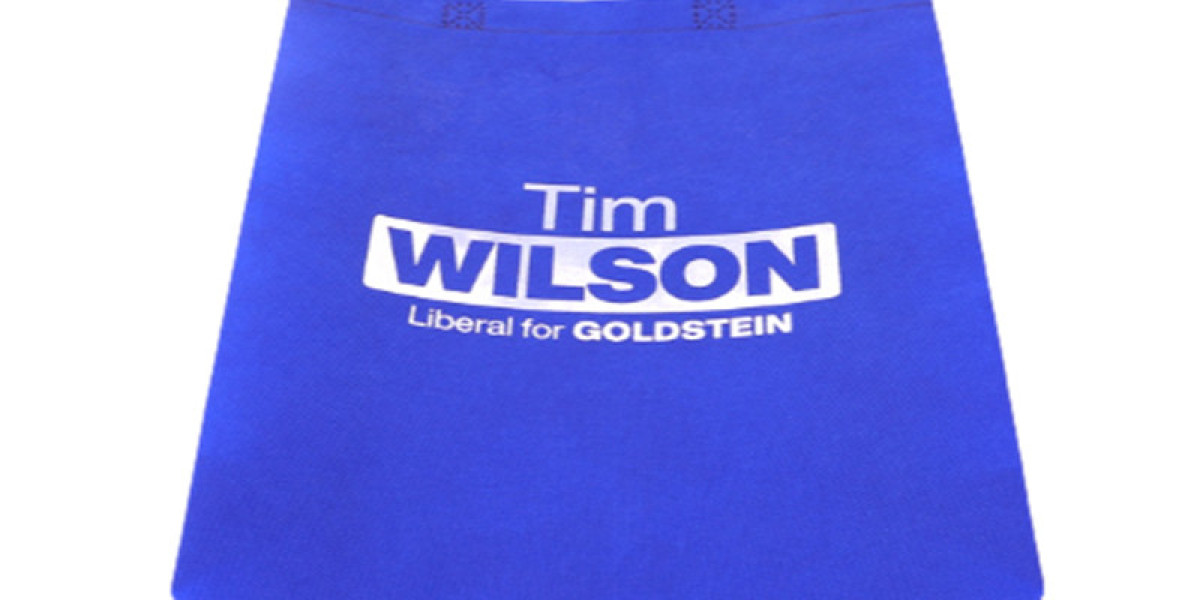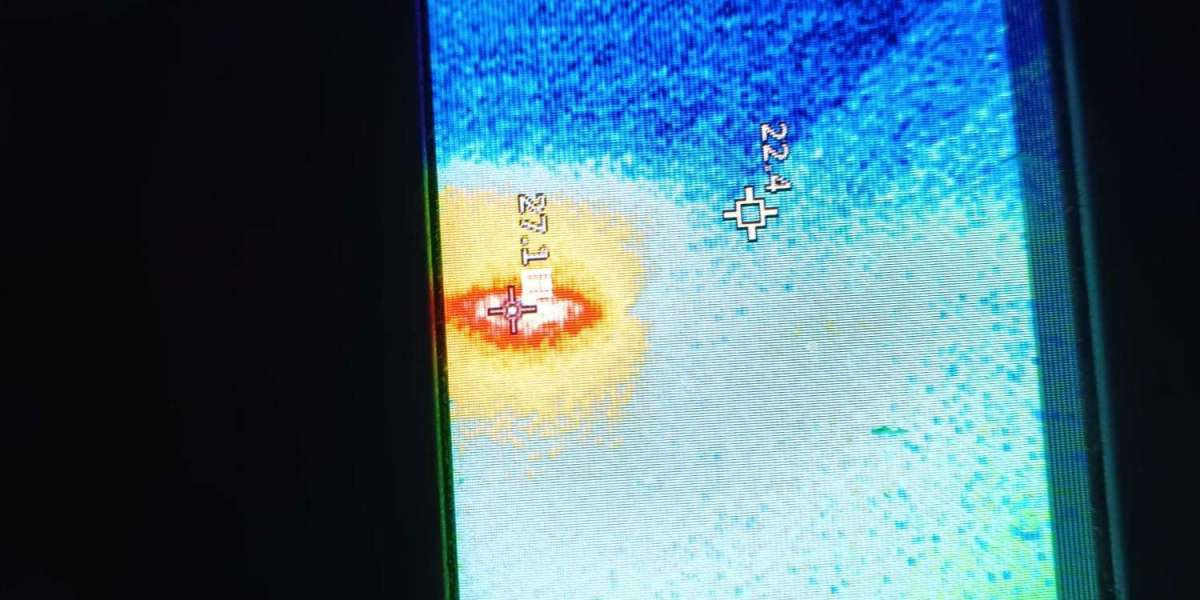The global shift towards reducing single-use plastics has significantly increased the popularity of reusable shopping bags, with the non-woven tote bag emerging as a particularly common and practical solution. Constructed from a synthetic fabric made from long fibers bonded together by chemical, mechanical, heat, or solvent treatment, these bags offer a notable balance of durability, cost-effectiveness, and customizability. Unlike traditional woven materials, the production of non-woven polypropylene fabric is a streamlined process that converts raw polymer granules directly into roll goods, which are then cut and sewn into the familiar bag shape. This efficient manufacturing pathway makes the non-woven tote bag an accessible and widely adopted option for retailers, businesses, and environmentally conscious consumers seeking a reusable alternative to plastic bags.
The production process for a non-woven tote bag begins with polypropylene pellets being melted and extruded through spinnerets to form continuous filaments. These filaments are then laid onto a moving conveyor belt in a web-like formation and bonded together through a thermal calendering process, which uses heated rollers to fuse the fibers. This results in a strong, sheet-like fabric that can be produced in various weights and thicknesses, directly influencing the final product's sturdiness. The material for a non-woven tote bag is typically characterized by its resistance to tearing and its ability to hold a considerable amount of weight relative to its own mass. The surface of the fabric is also receptive to high-quality printing, allowing for vibrant, full-color logos and designs to be applied using methods like screen printing or heat transfer, making each non-woven tote bag an effective mobile advertisement.
The functional advantages of a non-woven tote bag are numerous. Its inherent rigidity allows it to stand upright when empty, making packing easier, while its structured form helps protect contents better than flimsier alternatives. Many designs incorporate reinforced handles and stitching at stress points to enhance longevity, supporting the bag's reusable nature. Compared to cotton totes, the production of a non-woven tote bag generally requires less water and energy, contributing to a lower initial environmental footprint, though its long-term impact is tied to the number of times it is reused. The balance of practical utility, economic feasibility, and promotional potential solidifies the role of the non-woven tote bag as a mainstream tool for carrying goods and conveying brand messages in a sustainable manner.








